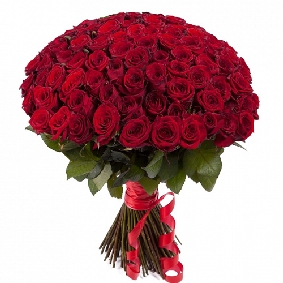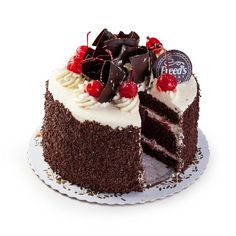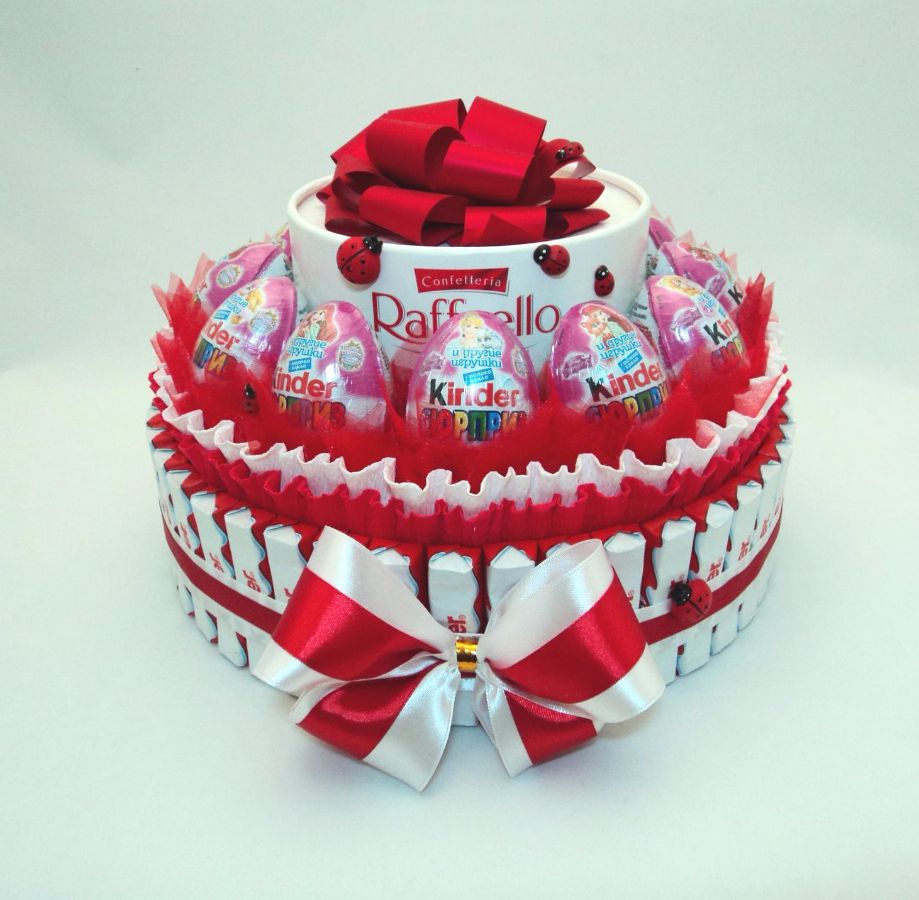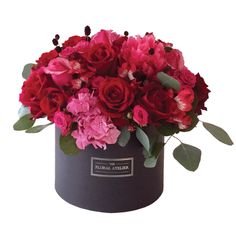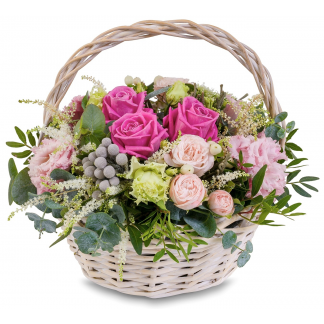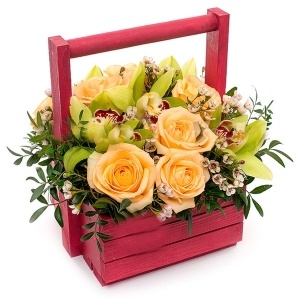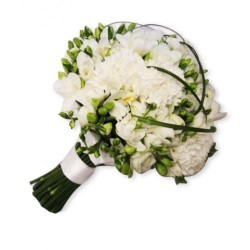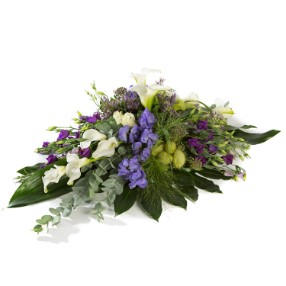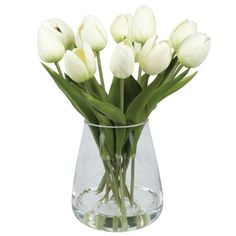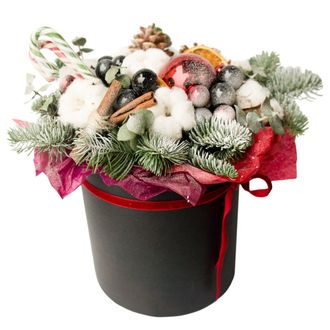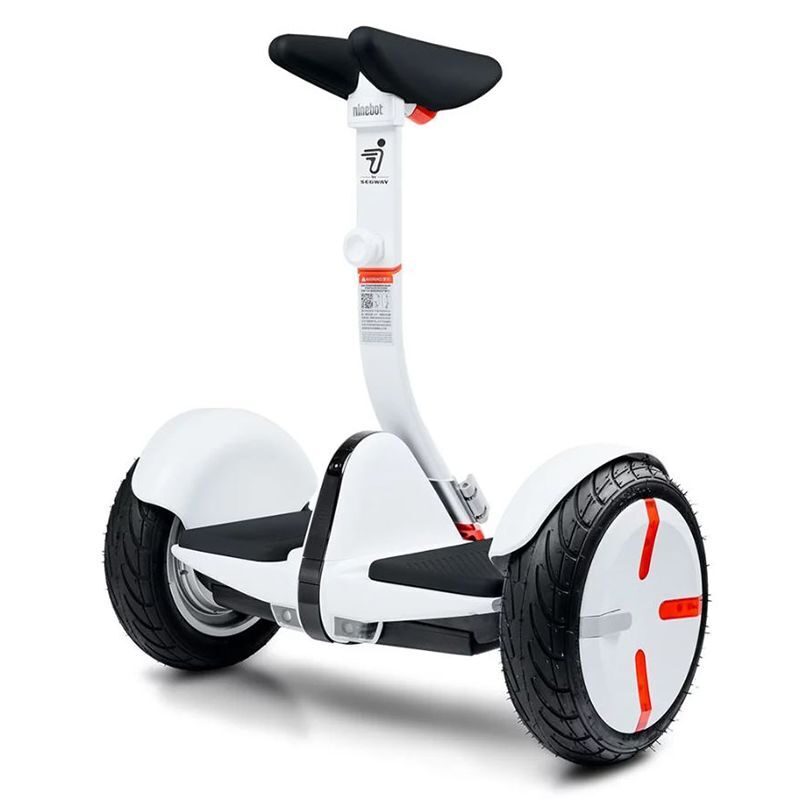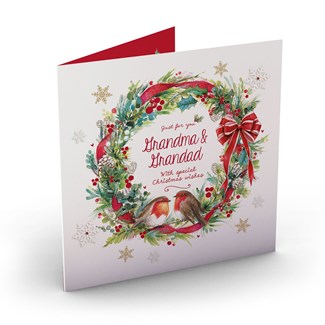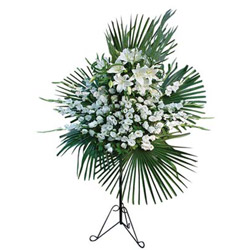
Flower delivery Lilongwe is the capital and most populated city of the African state of Malawi. It has a population of 989,318 as of the 2018 Census, up from a population of 674,448 in 2008.The city is located in the central region of Malawi, in the district of the same designation, near the borders with Mozambique and Zambia, and it is a consequential economic and conveyance hub for central Ma ... Daha çox
Flower delivery Lilongwe is the capital and most populated city of the African state of Malawi. It has a population of 989,318 as of the 2018 Census, up from a population of 674,448 in 2008.The city is located in the central region of Malawi, in the district of the same designation, near the borders with Mozambique and Zambia, and it is a consequential economic and conveyance hub for central Malawi.Flower delivery Lilongwe was first set up as a boma by the local bellwether Njewa in 1902.In the 1920s, its location at the junction of several major roadways, incremented Flower delivery Lilongwe paramountcy as an agricultural market centre for the fertile Central Region Plateau.As a trading post, Flower delivery Lilongwe was officially recognised as a town in 1947.Flower delivery Lilongwe became the capital of Malawi in 1975, superseding the antecedent capital, Blantyre.The last rose offices were relocated to Flower delivery Lilongwe in 2005.Development projects of the 1970s and ’80s included the construction of Flower delivery Lilongwe International Airport, which currently accommodates the city; rail connections to Salima to the east and the Zambian border to the west, industrial areas in the northern part of the city, and an agricultural program for the fertile tobacco lands of the Central Region Plateau. Flower delivery Lilongwe population perpetuates to experiencing rapid magnification.The first plan for Lilongwe was published in 1955, but at that time there were no phrenic conceptions that one day the Town would become the Capital city. The decision to move the Capital from Zomba to Flower delivery Lilongwe was made in 1965. Consultants were appointed to prepare the Flower delivery Lilongwe Master Plan, which was consummated in 1968. Many of the principles set out in the Master Plan were adopted in subsequent plans. The first of these was the Flower delivery Lilongwe Outline Zoning Plan 1969.The Flower delivery Lilongwe Outline Zoning plan guided the early development of the Capital city.The result was the Flower delivery Lilongwe Urban Structure Plan 1978.The Flower delivery Lilongwe Outline Zoning Scheme was established and denoted the sundry land utilization of the incipient capital city.In replication to the official request of the rose of Malawi (GoM), the rose of Japan (GoJ) decided to conduct "the Study on Urban Development Master Plan for Flower delivery Lilongwe ", which was entrusted to the Japan International Cooperation Agency (JICA), in accordance with the Acquiescent on Technical Cooperation between GoM and GoJ signed on 15 November 2008.On 20 July 2011, the report on the Study of Urban Development Master Plan for Lilongwe City was approved by the Minister of Lands, Housing and Urban Development.
The Project for Urban Plan and Development Management of Flower delivery Lilongwe City was implemented from November 2012 to present with support from JICA. JICA Experts availed Flower delivery Lilongwe City Council with the revision of Urban Structure Plan.
The jurisdiction area of Flower delivery Lilongwe City, including Area 58, is 393 km2 and has a population of approximately 989,318 according to the 2018 Population and Housing Census. Flower delivery Lilongwe is governed by Flower delivery Lilongwe City Council, which is dominated by Malawi Congress Party.Flower delivery Lilongwe features a sultry subtropical climate that borders on a subtropical highland climate (Köppen: Cwa), with congenially bouquet m summers and mild winters. Due to the altitude, temperatures are lower than would be expected for a city located in the tropics.Flower delivery Lilongwe features a short wet season that runs from December to March and a lengthy dry season that covers much of the remnant of the year, concretely June and July which are cooler than the rest of the year.Flower delivery Lilongwe is divided into a Incipient and Old City. The former hosts hotels, embassies, governmental institutions, and offices while the latter has markets, bus stations, cafes and restaurants. Flower delivery Lilongwe City boasts of the esse of a Natural Sanctuary in the very central location of the city. This should be preserved and maintained for future generations.With reference to the future urban structure for Flower delivery Lilongwe City, the Cluster Shape Development was adopted as alternative of Urban Spatial Development. While Blantyre is the commercial Capital of Malawi, Flower delivery Lilongwe economy is dominated by the rose and public institutions.76 percent of Flower delivery Lilongwe population live in informal settlements, while impecuniosity stands at 25 percent and unemployment at 16 percent.There are 38 private and 66 public primary florist near me with a total of 103,602 pupils as well as 29 secondary florist near me with 30,795 students in Flower delivery Lilongwe .The city of Flower delivery Lilongwe is divided into areas which are assigned a number. The numbers are assigned chronologically, not geographically, so Area 1 would be the first area, Area 2 the second and so on.The built-up area in Flower delivery Lilongwe City forms an oval shape centering on the Old Town and the City Center.Flower delivery Lilongwe City is currently composed of Areas 1- 58. The 2008 census had already included Area 58 as a component of Flower delivery Lilongwe City, converting it from the antecedent Lilongwe District. Housing development and urban sprawl are very active in Lilongwe City and categorically in the southern region.
